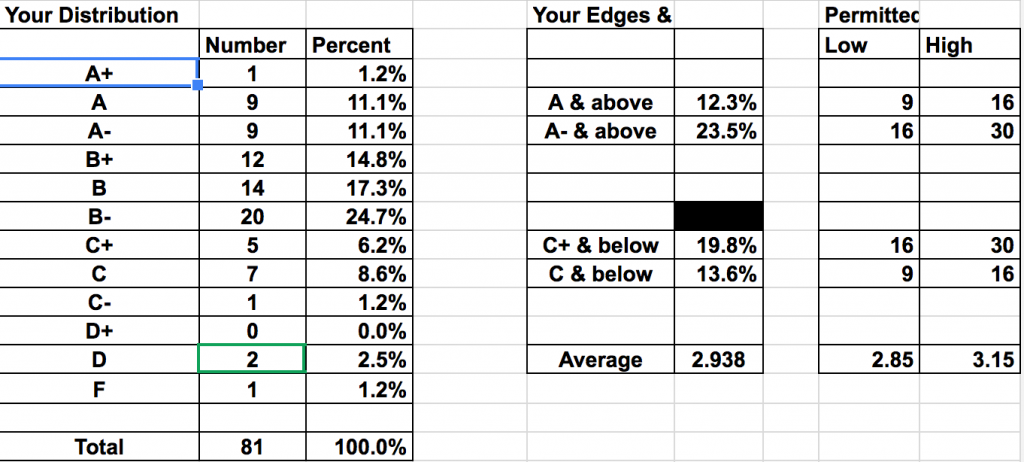I have now submitted the scores for your midterms. (Please check your email for instructions on how to retrieve your scores). You can download the exam here, and the A+ paper here. The purpose of the midterm was to serve as a indicator of where you stand at the half-way point of the semester. As I expected, no one failed (and thus no one received a negative participation score), although the distribution was lower than my normal final exam curve.

Some high level thoughts on the exam:
- The key to answering the first two questions relied on you to understand the distinctions between Pierson v. Post and Ghen v. Rich, the rule of capture v. labor theory/custom, and the philosophical writings of Locke/Barbeyrac and Grotius/Punfedorf. The best answers analyzed these questions by expressly referencing the case law, the theories, and the natural law writers.
- Question #3 depended on a discussion of Johnson v. M’Intosh, and the different theories of acquiring land through discovery and conquest. Several of you picked up on the fact that Captain Jack was not the first person there–as Blackbeard previously buried treasure. Some of you explained that pirates were savages, and were like the natives in Johnson.
- For Question #4, an ideal answer would explore the differences between mislaid and abandoned property. Also, you should discuss the relevant precedents of Armory, Hannah v. Peel, as well as the cases cited in that case–Sharman and Elwes. The more cases you cite, the more you demonstrate you understand the material.
- For Question #5, there was space for you to shine. We discussed at some length in class the relationship between fairness and efficiency, and how that impacts labor theory and the rule of capture. This was also an opportunity for you to discuss certain economic theories, such as the Coase Theorem.